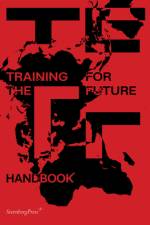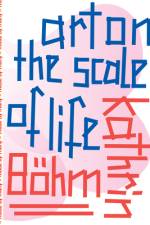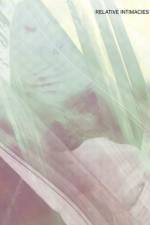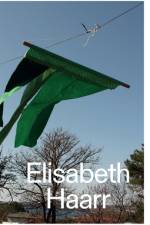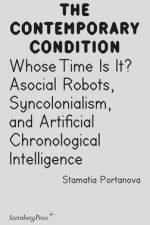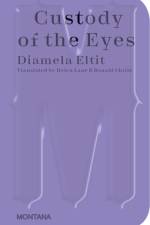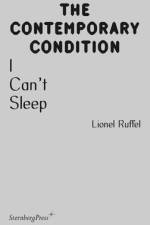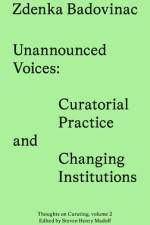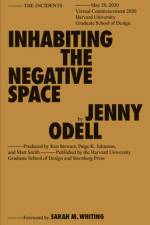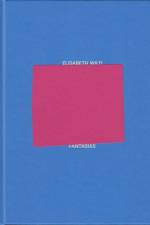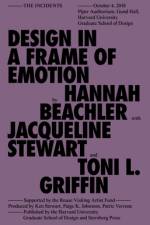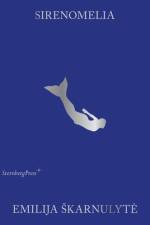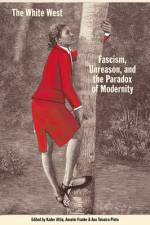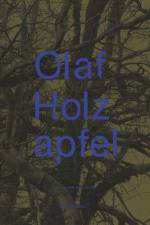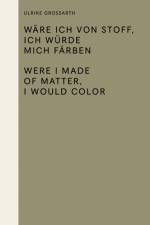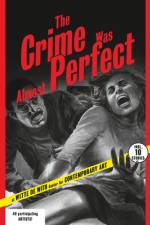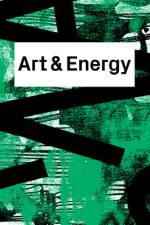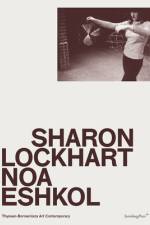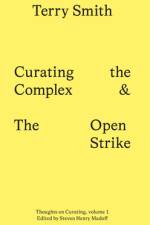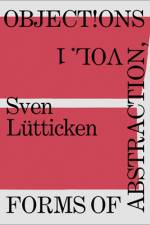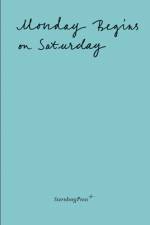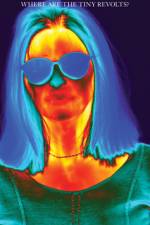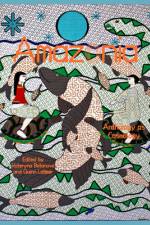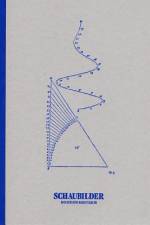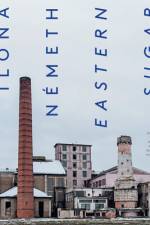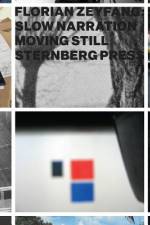- Anthology as Cosmology
av Kateryna Botanova
387
Amazonia as a place, a subject, a point of view, and a socio-ecological world. Amazonia: Anthology as Cosmology is devoted to Amazonia, its peoples, allies, and nonhuman spirits, and their myriad material and immaterial practices, from certain cosmopolitics and visual languages to past and present forms of resistance. In all their various lines (and circles) of ecological and epistemological thought, the artists, elders, writers, theorists, shamans, curators, poets, and activists whose ideas, images, and struggles compose this book, are concerned with Amazonia as both a place and a point of view. Through the weaving of voices, myths, ancestors, and territories, and all their radical subjectivities, we understand language in this anthology in an extended sense: as testimony, textile, painting, river, forest, animal, ancestor, song, spirit, and sacred medicine. Amazonia: Anthology as Cosmology inquires into decolonial feminisms and Indigenous temporalities, externalized memory and erasure, sacred plants in the shadow of pandemic corporate-state extractivism and systemic violence, the activist possibilities of the mythic imagination, and the common visual matrices of the Amazonian universe. The book also weighs the Western imaginary of the Amazon, both its colonial roots in racial capitalism and its corporate, technological, paternalistic present. Centered, however, is Amazonia itself, in all its many and numinous worlds and languages--visual, oral, botanical, ancestral, cosmological--by which it becomes narrated, passed on, and then narrated again. ContributorsMaria Thereza Alves, Christian Bendayan, Rita Carelli, Felipe Castelblanco, Carolina Caycedo, Hernando Chindoy Chindoy, Tiffany Higgins, Márcia Wayna Kambeba, knowbotique, Davi Kopenawa, Ailton Krenak, Renata Machado, MaurÃcio Meirelles, Harry Pinedo, AnÃbal Quijano, Djamila Ribeiro, Pamela Rosenkranz, Abel RodrÃguez, Maria Belén Saéz de Ibarra, Barbara Santos, Paulo Tavares, Daiara Tukano, Eduardo Viveiros de Castro

